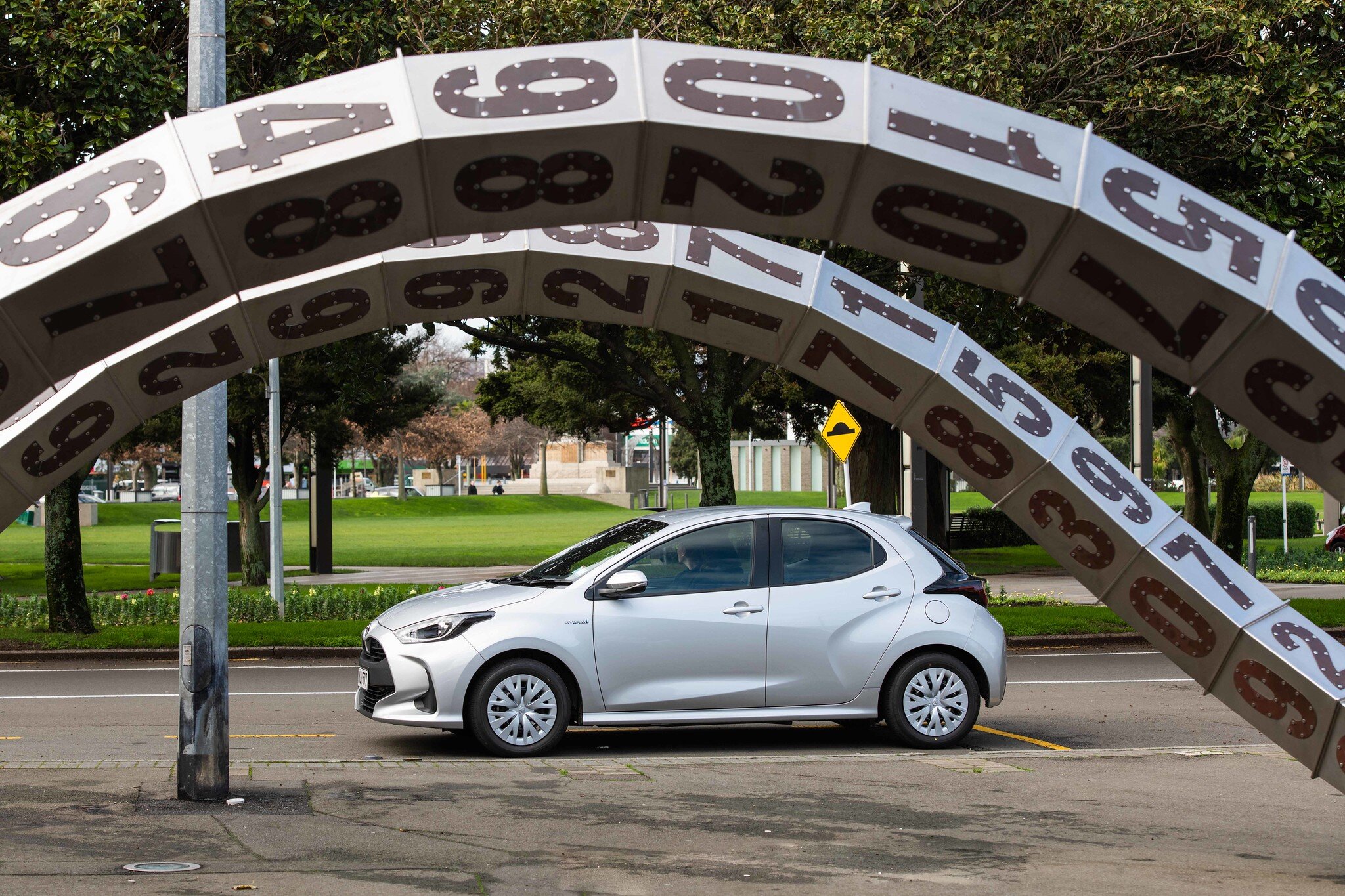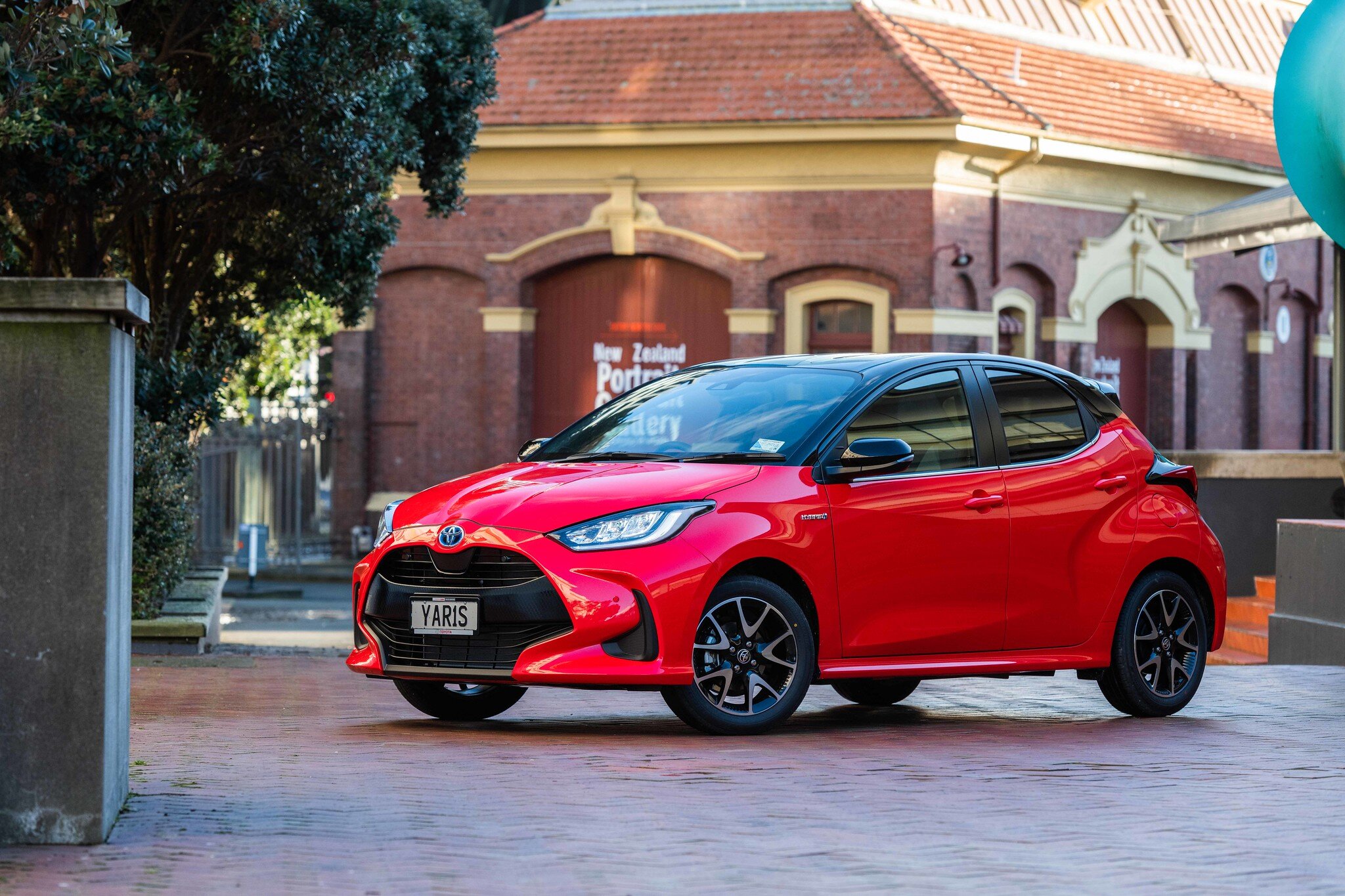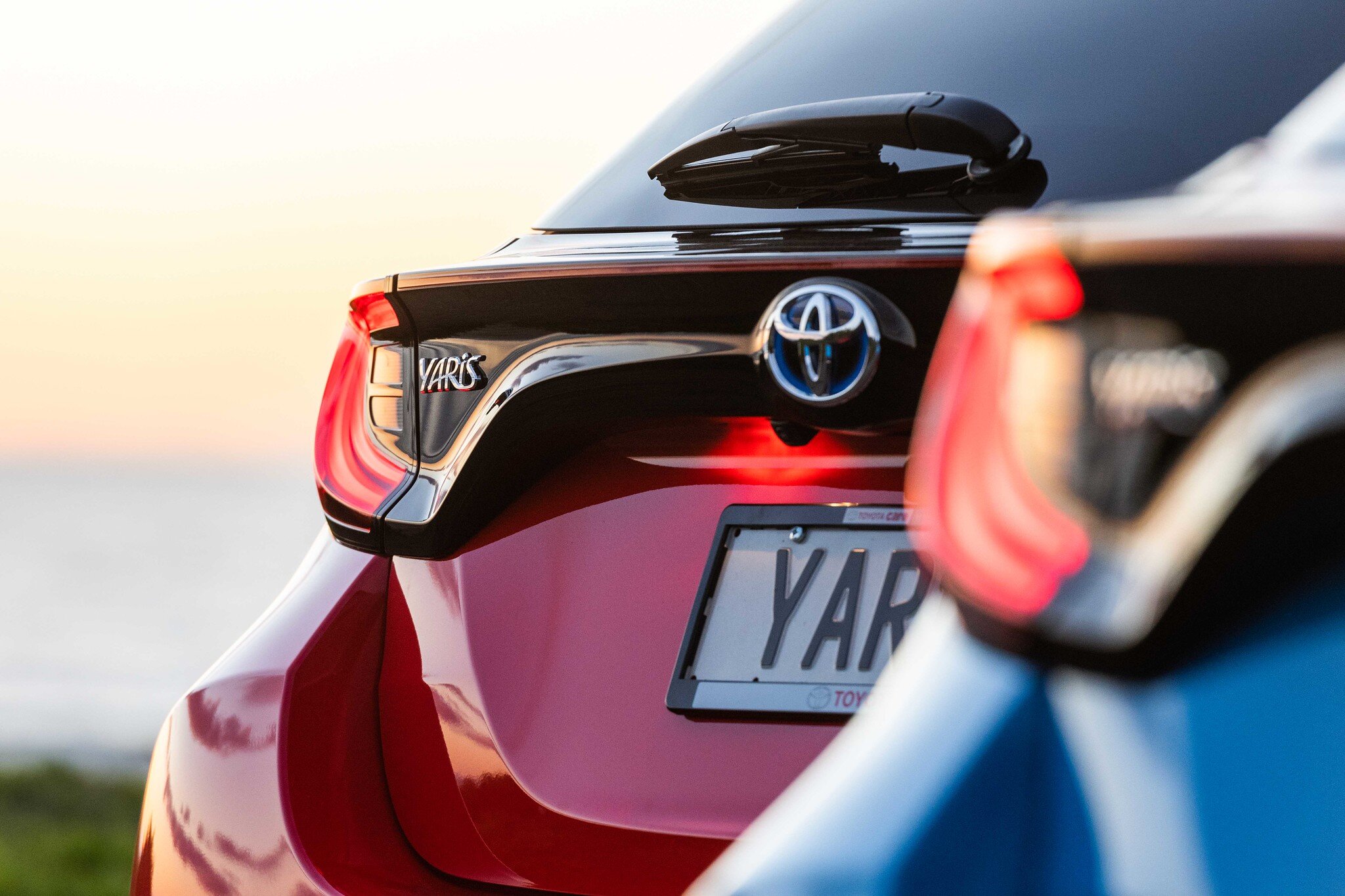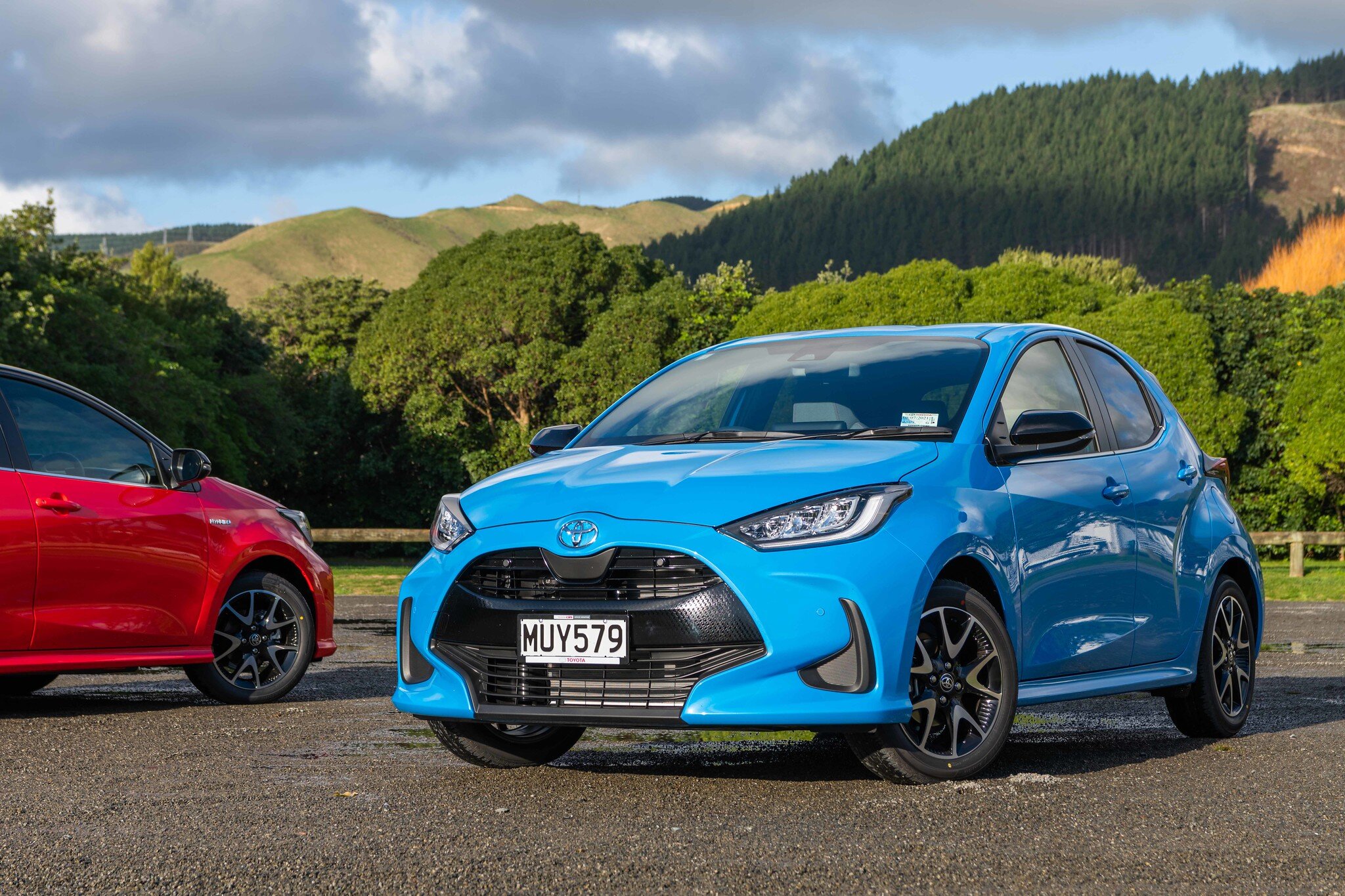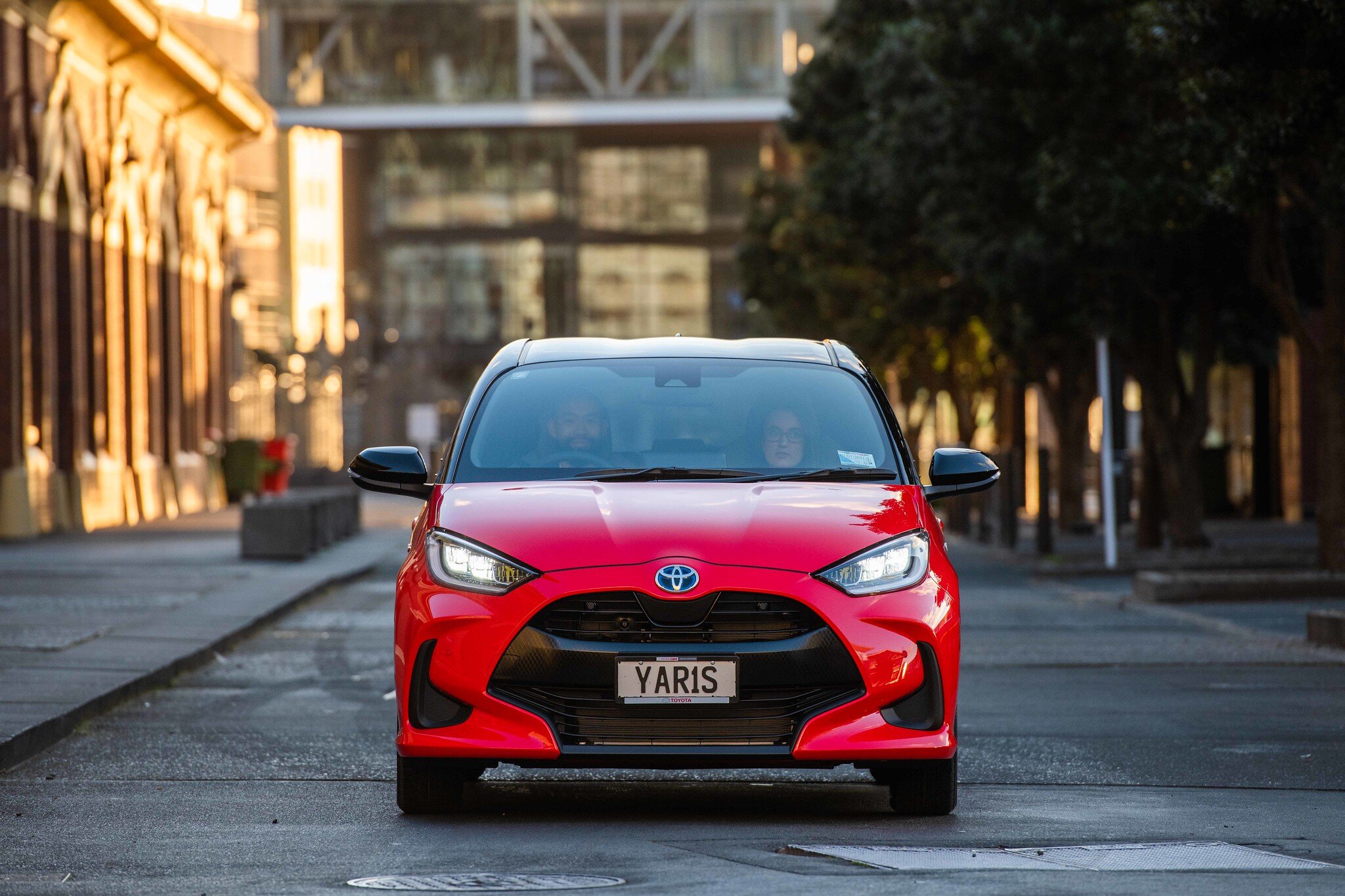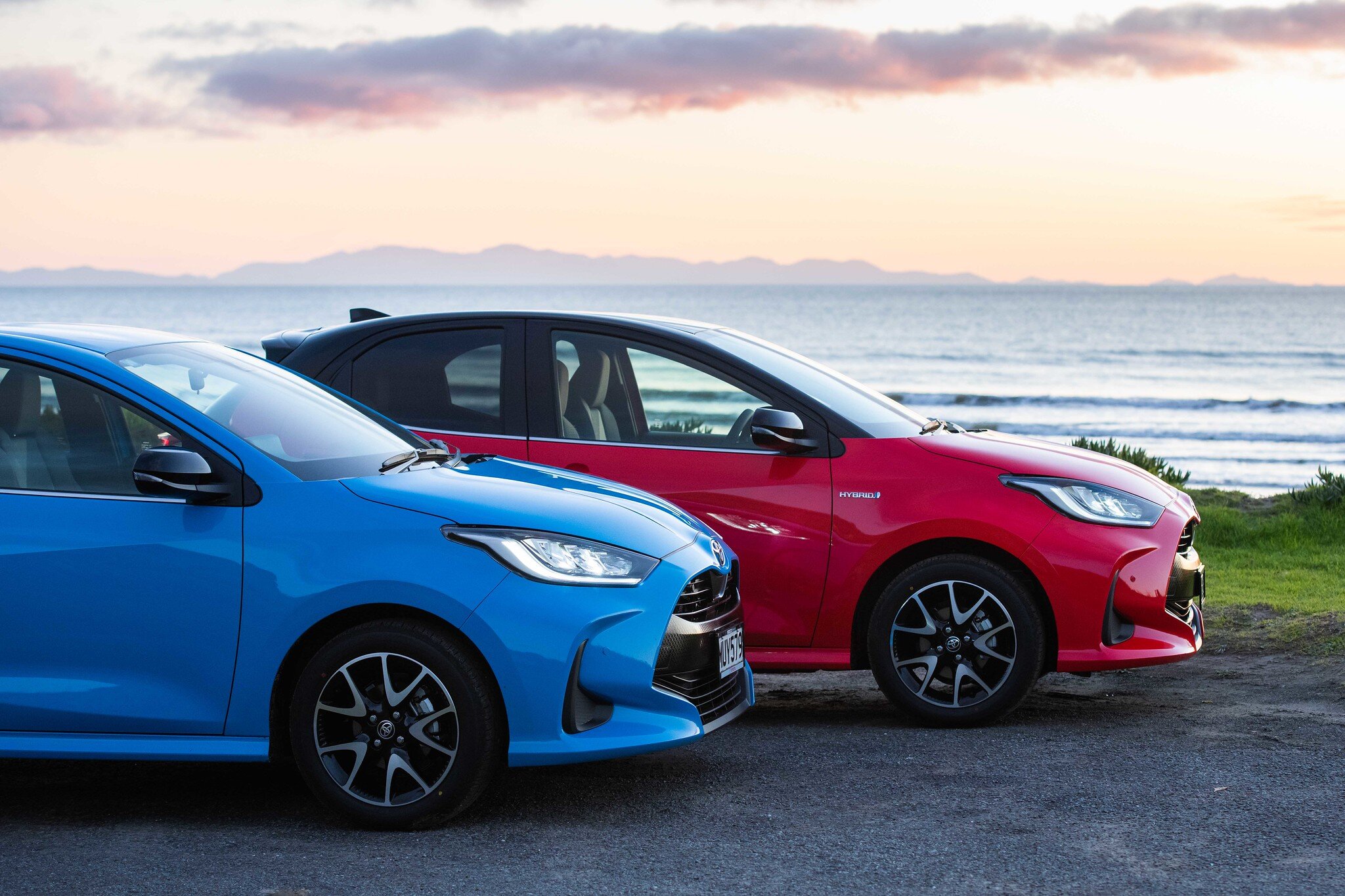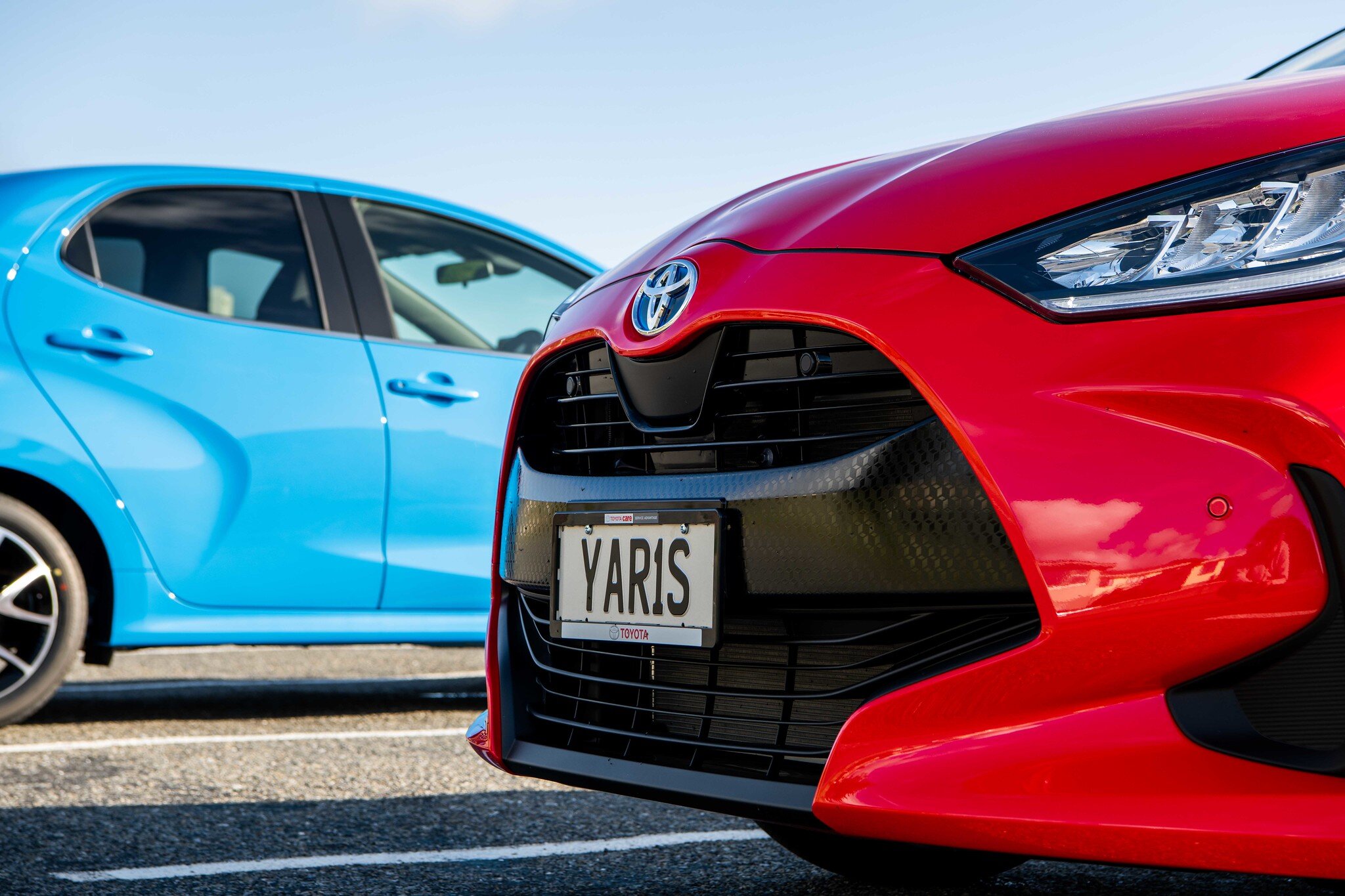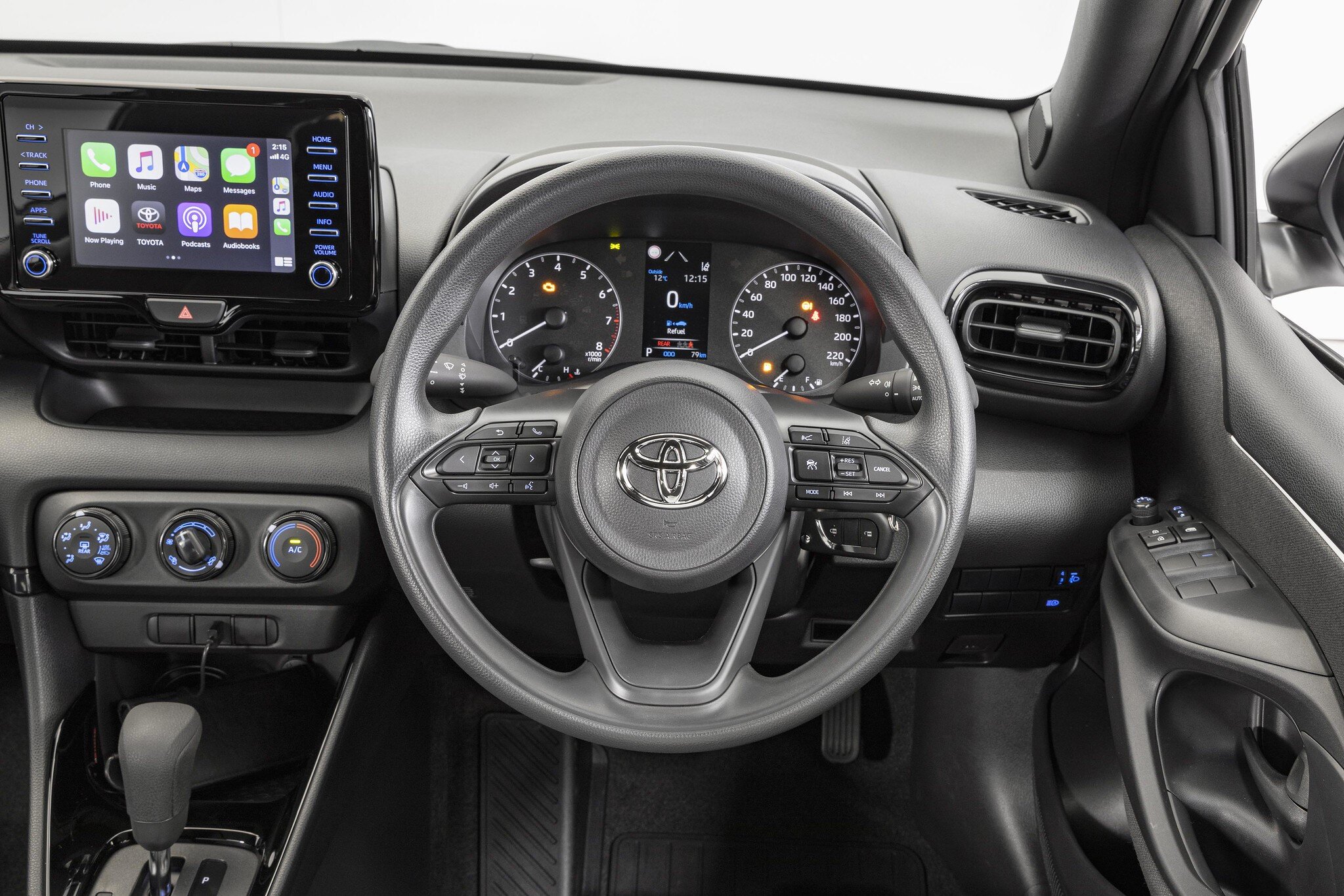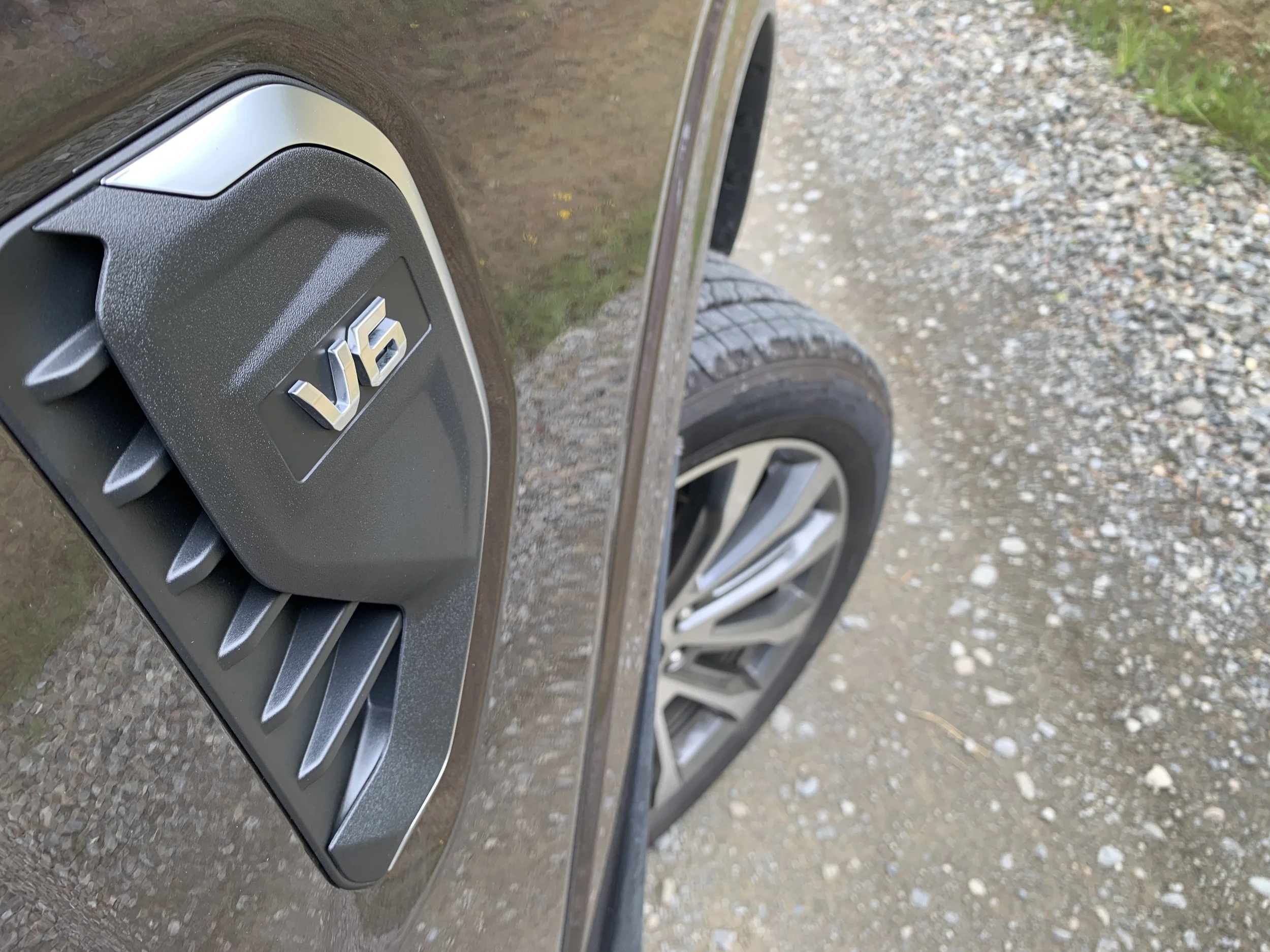Toyota Yaris: Tapping into heightened buyer awareness
/The fourth generation of Toyota’s baby hatch has finally arrived – here’s what we can tell you without having yet had chance to drive it (you’ll find out why in the story).
MIGHT an incoming high-set crossover version of the new Yaris so overshadow the orthodox models arriving now as to endanger their ongoing showroom presence?
The possibility of this has been acknowledged by the brand’s national boss.
“I believe over the next 12 to 18 months that Yaris Cross will be the Yaris hatch replacement,” says Toyota New Zealand’s newly-installed chief executive, Neeraj Lala, in speaking to changing trends in the light car category.
“Given the trends in the market and given that this car (the Cross) has such high appeal to a slightly older demographic, I think the Yaris Cross will be the dominant small car for us.
the yaris cross is about six weeks from release.
“What that means for Yaris hatchback moving forward we will wait and see.”
Though it has never been able to emulate the volumes achieved by Toyota’s most popular car, the Corolla, Yaris has traded as a solid performer across three preceding generations, though registrations have diminished in the past two years, from 2002 in 2018 to 1802 last year.
The light car sector still achieves around 10,000 to 11,000 units per year for an 11 percent share of new car sales, according to Toyota NZ. Yet the market leader’s optimism about where is going seems greater than general industry sentiment. Many brands have struggled and core historic rival, Ford, has become so disillusioned as to pull mainstream editions of the Fiesta and instead pin all hope on a performance ST.
TNZ’s ongoing positivity seems driven in large part because it is strengthening its private buyer business and now has a hybrid drivetrain.
Yet it is also acknowledging change in consumer taste. Hence why the Yaris Cross is just weeks away from introduction.
TNZ has yet to fully unwrap its plans for this derivative, but as a spin-off design off the same engineering and design base as the pathfinder hatchbacks it could well also fully replicate the hatchback line which comprises four 1.5-litre petrols, all driving through CVTs, two with a hybrid drivetrain, and in GX and ZR specification grades.
Being taller and with greater ground clearance than the donor – though only for show (no additional off-seal competence is claimed) – the Cross will potentially have a premium over the hatches, which range from $25,990 to $32,990, unless a special paint finish is chosen. That adds $500.
A crossover is just one new direction for Yaris – it is also set to configure here as a fully hot hatch by year-end.
Inspiration for the wild 192kW/360Nm four-wheel-drive turbocharged GR (for Gazoo Racing) car comes from Toyota’s entry in the wavering World Rally Championship and is also fired by the brand’s determination to rev up its showroom image.
The GR will be the basis for a replacement for the Yaris that currently competes in WRC and would assuredly have been seen in action here in September had not our round been skittled by coronavirus.
Interestingly, the brand has already started the GR push in Japan with a curious concoct called the RS. This delivers the same imposing wide-hipped body, bespoke aero package, twin exhaust outlets and ultra-wide stance of the full-fat GR but runs the mainstream petrol engine. There’s no talk of it coming here.
TNZ has already taken 20 firm orders for the GR and says this interest has been enough to persuade Japan to provision more than the five units it originally earmarked for NZ for this year.
TNZ’s enthusiasm for the additional family members notwithstanding, it also sees interest in the Yaris as it presents just now being re-energised.
The model going to a fresh platform promising better driving feel, a lift in safety equipment and the hybrid’s efficiency have been cited as factors expected to raise the car’s game and status.
The latter might seem of especial interest, though the tech has taken its sweet time getting here. While this is the first hybrid Yaris available new here, it’s actually the third Toyota has created: The predecessors were based on the gen three car that NZ took from 2011; the first went into production in 2012 then was radically re-engineered four years on. However, it was only ever available in certain markets, none at this end of the world.
This latest one looks a lot more convincing than the predecessors, even though the pure electric operability is as limited as on any other Toyota hybrid – basically, the battery-only impetus avails at start-up, in reverse and at very low speed, for very limited duration, moving forward. In keeping with the Toyota/Lexus hybrid culture, it of course also lacks capability for plug-in replenishment, a feature required to establish connection as an electric car.
Yaris misses out on claiming as the country’s cheapest battery-assisted new passenger product - that title being recently snared by the Suzuki Swift hybrid.
Yet it certainly stakes a strong claim for market-leading efficiency (76 grams per 100km) and economy, siting as the most fuel efficient car in New Zealand without the ability to run on batteries alone, with the lithium ion battery-fed 85kW drivetrain eking an official combined consumption of 3.3 litres per 100km.
That figure gives it a narrow lead over other established sippers, nonetheless. For instance, it’s just a 0.1L/100km advantage over the claimed optimal from a full-sized Prius and a 0.6L/100km advantage over a car that would set to now be bumped from the market, as it’s been around for eight years.
That’s the Prius C, which also sits in a lower tech level by having nickel hydride batteries. The closest rival outside Toyota is the Hyundai Ioniq Hybrid, which delivers 3.4L/100km. As always, all this becomes somewhat theoretical in real-world conditions anyway.
Still, Lala reckons those factors will be acknowledged by the Green-minded, saying: “With the … hybrid, you know you will be reducing your carbon footprint.”
The 1.5-litre engine also does its bit, through applying the Atkinson-cycle principles that have featured in previous fuel-eking Toyota petrol engines, but in a three-cylinder format. Toyota claims the 1.5 has a rated thermal efficiency of 40 percent, which it says is greater than comparable diesel engines. Emissions are higher that the hybrid, at 114g/km, yet the standard engine is more efficient than the outgoing car’s by some margin.
So how does it go? Erm ….
Opportunity to independently assess the model’s mettle and verify Lala’s claim of this being “the most premium small car Toyota has built” that “lends a driving experience unrivalled in the segment” and is built to be fun has been left unfulfilled.
TNZ broke with the convention of a media gathering at a central location with cars on hand to drive, instead favouring a remote internet conference, with 90 minutes of presentations beaming out from TNZ HQ, which last week announced as the first site in Palmerston North to achieve 5G.
A fallout from Covid-19 concerns? Certainly, several past such national events conducted by other brands have been – but only during lockdown. Now, of course, we are free of restrictions on travel and mingling.
However, TNZ reckoned it didn’t see potential from a traditional media gathering, on grounds that it couldn’t corral enough cars for a drive programme. (Yes, just to remind, this IS the brand that dominates the market we’re talking about; primarily being serviced by factories in Japan, whose production was largely unscathed by coronavirus). It has promised to stage an orthodox event for the Yaris Cross and GR in October.
As previously reported, this Yaris runs two kinds of CVT – the pure petrol’s coming, in ZR form, with paddle controls and an astounding, potentially bewildering 10-speeds – and also breaks ground by achieving the latest Toyota Safety Sense package as standard.
Even the entry-level car gets dynamic radar cruise control and lane-tracing assist. In a Toyota first, front seat centre aisle airbags have been added to reduce the risk of the driver and front passenger colliding during a side-on collision.
The pre-collision system has also been updated to use a camera, radar and autonomous emergency braking to avoid or mitigate the effects of a crash and it is the first Toyota to gain two collision avoidance systems, delivering automatic braking and steering intervention, previously restricted to some Lexus product.
Aside from detecting vehicles and pedestrians both day and night, and cyclists during the day, the full system is also claimed to detect and automatically brake to avoid other vehicles and pedestrians when turning at intersections. The on-board camera can also recognise speed signs and alert drivers if they’re going above the posted limits and also facilitates a lane-keep function.
The ZR variants also feature blind spot monitor plus front and rear parking sensors that can trigger the brakes to avoid contact.
It is the next Toyota to adopt full smartphone integration including Apple CarPlay and Android Auto. Functionality is via a large, high resolution touchscreen that stands out as one of the high-quality features now in a cabin in which, Toyota says, trims are now more premium.
The GX has a black interior, while the ZR has a contrasting grey and black interior with red accents, both with cloth trims. The ZR has sports style seats, climate control air conditioning, smart entry with push button start, digital speedometer and a heads-up display.
TNZ is promoting this fourth-generation Yaris as being more spacious than predecessors. The front seats have been moved outwards by 10mm to create more space between the driver and front passenger, while the seats are lower in the vehicle also. More storage space has been added in the front console, under the audio unit and in front of the front passenger.
The Yaris and Yaris Cross have the same 2560mm wheelbase, but the hatch is 240mm shorter overall, the crossover adding 60mm to the front overhang and 180mm to the rear, to ensure more interior space. The ground clearance is 60mm higher with the Cross and, with 1550mm height, the hatch is 90mm lower and 20mm narrower overall.
The maker is also asking consumers to take note of the car’s “new energetic and sporty look”. The GX features new 15-inch steel wheels with cover, while the ZR has two-tone machine- finished 16-inch alloys.
Keeping with that theme, the ZR is available in two two-tone options – an ebony roof coupled with either eclectic blue or coral exterior paint options.
The combined effect of the improvements does hit the bottom line, of course. Take note that the outgoing line priced between $23,290 and $27,490 when it launched back in 2012. However, Lala says the impetus has not been to sell Yaris as the cheapest car but as the best; TNZ research also suggests buyers are increasingly looking for more premium features in the choices, and don’t mind paying a little extra for it.
